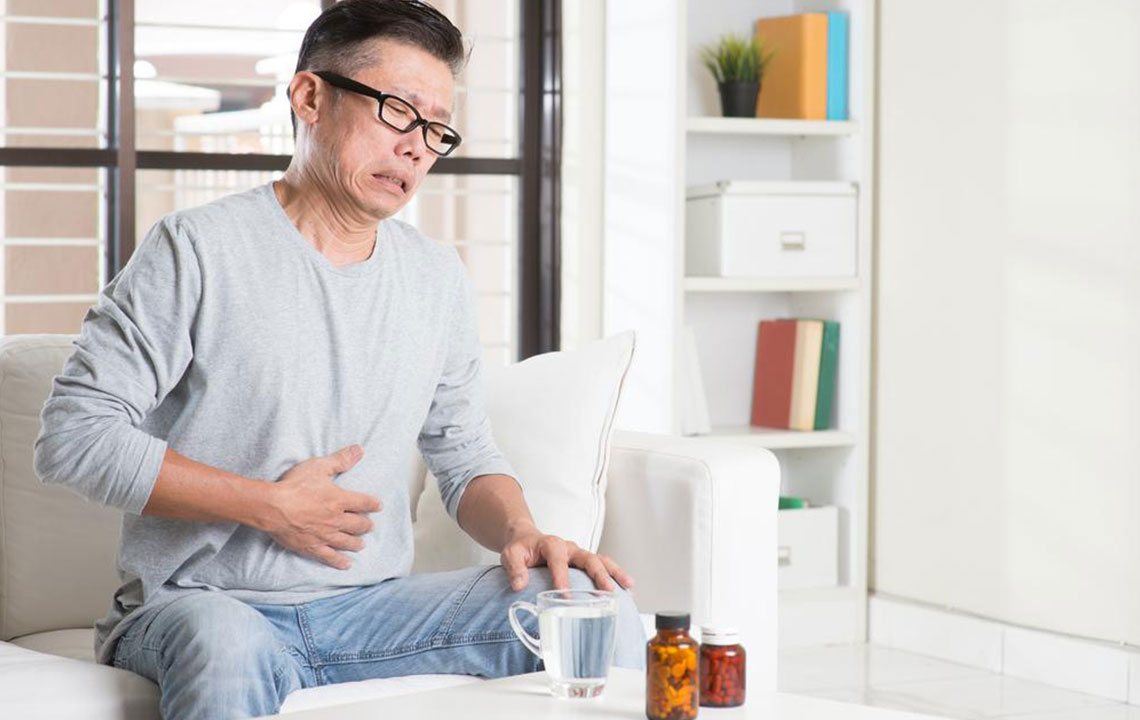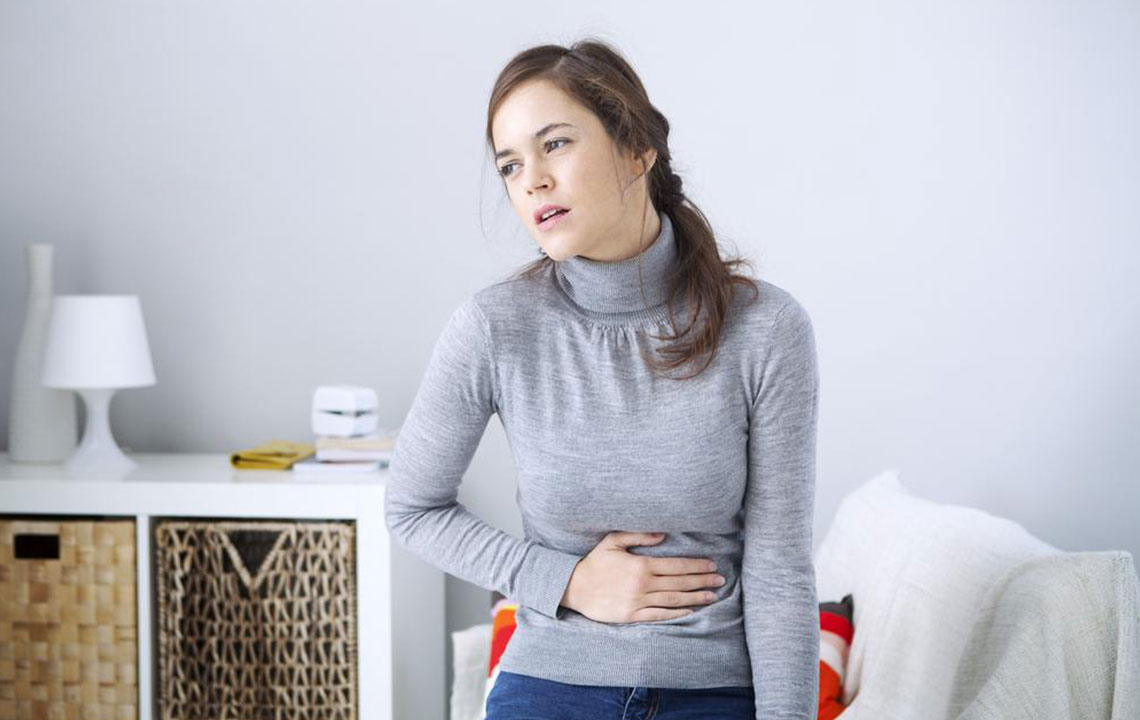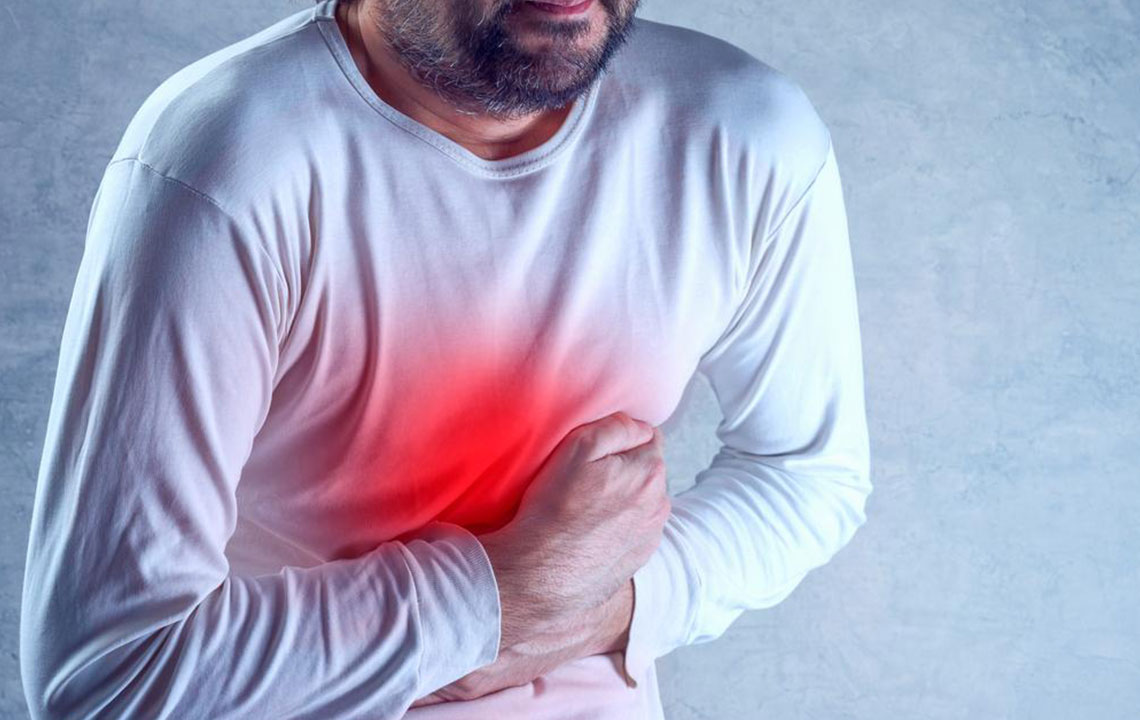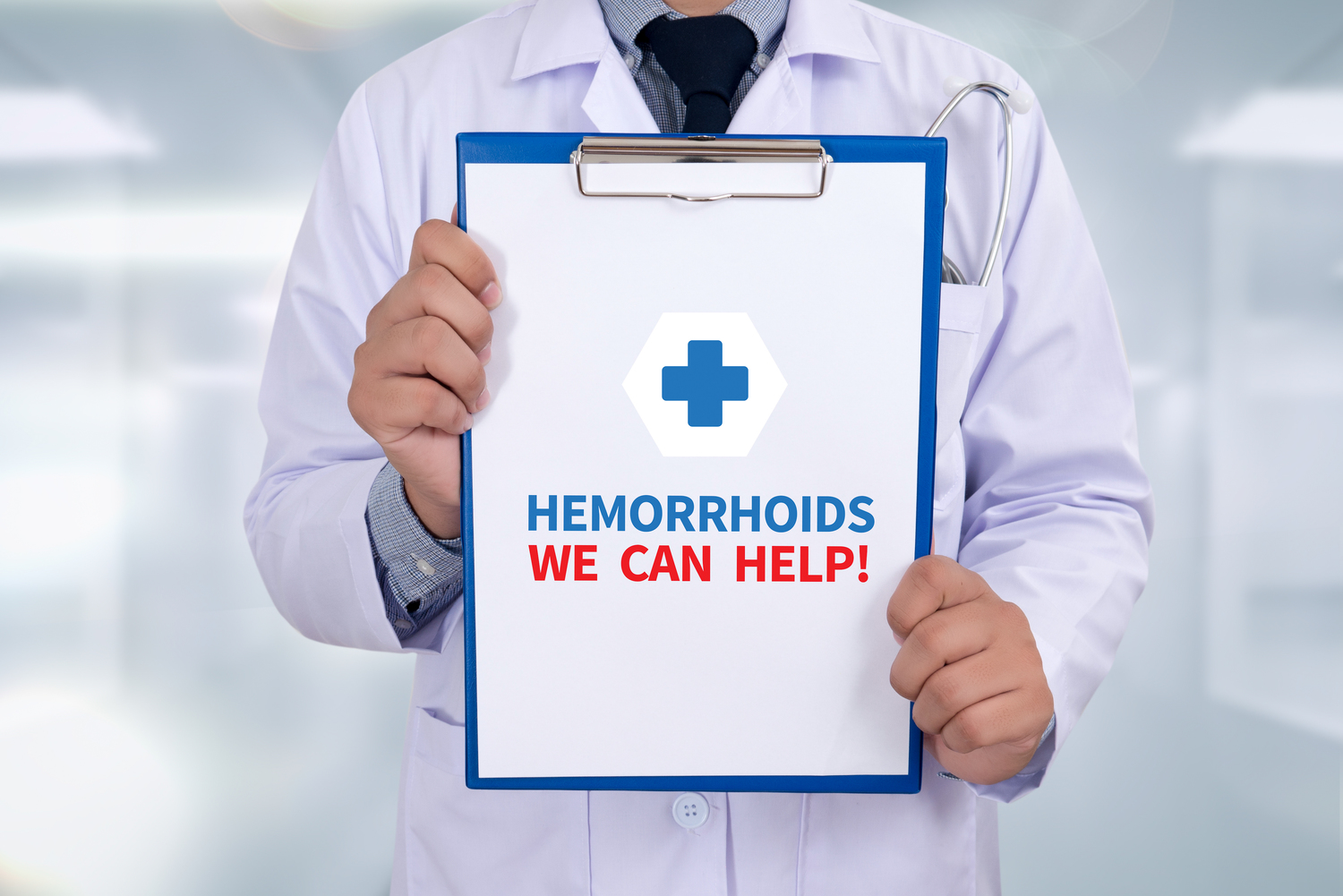Comprehensive Strategies for Hemorrhoid Relief: Treatments, Remedies, and Tips
This comprehensive guide explores effective hemorrhoid relief strategies, including topical creams, lifestyle changes, and medical treatments. Learn how to manage symptoms, choose appropriate remedies, and prevent recurrence for lasting comfort and better quality of life.
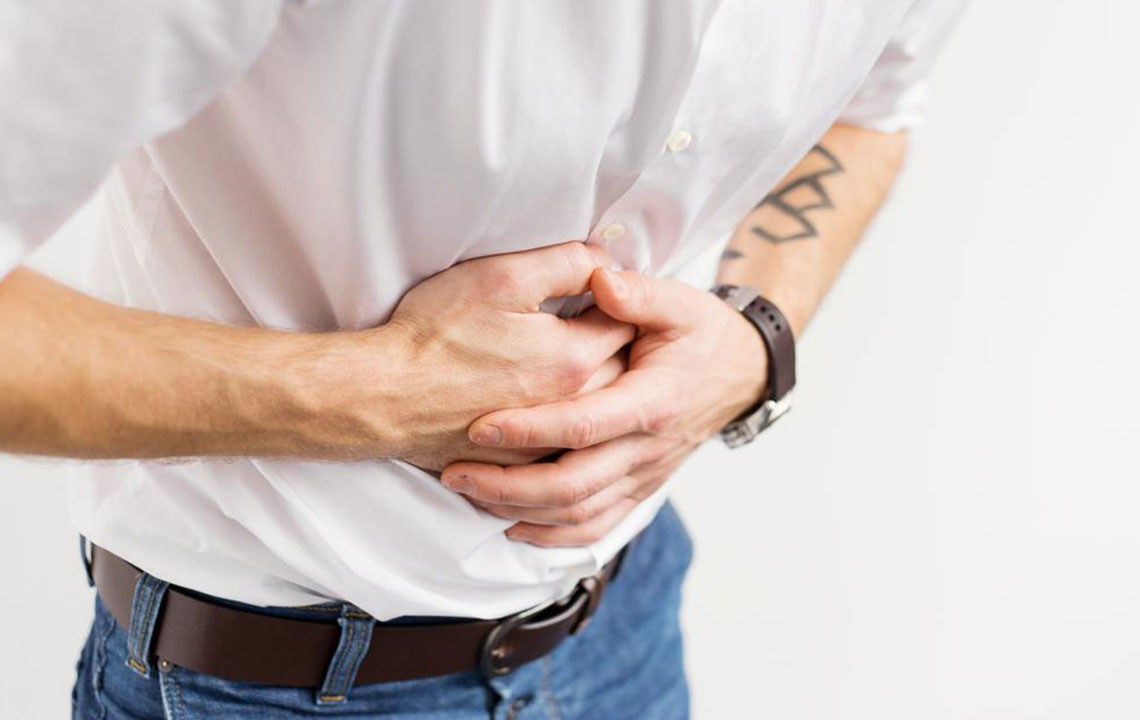
In-depth Guide to Managing Hemorrhoids Effectively with Various Treatment Options
Hemorrhoids, often referred to as piles, are swollen blood vessels located in the lower part of the rectum and anus. They are a common health concern that affects millions of people worldwide, including a significant number of individuals in the United States. While they are frequently associated with bowel irregularities, hemorrhoids can cause considerable discomfort, pain, and bleeding that interfere with daily living. Understanding the causes, symptoms, and a wide array of management options is crucial to effectively deal with this condition.
Many factors contribute to the development of hemorrhoids, including chronic constipation, prolonged sitting, straining during bowel movements, pregnancy, obesity, and a sedentary lifestyle. Despite their prevalence, hemorrhoids are manageable through both non-invasive and surgical treatments. For most cases, conservative measures such as dietary modifications, topical remedies, and lifestyle changes can provide significant relief. In severe or persistent cases, medical interventions like minimally invasive procedures or surgery may be necessary. This comprehensive guide explores the various options available for hemorrhoid relief, emphasizing safe, effective, and accessible remedies.
The Role of Hemorrhoid Treatment Creams and Topicals
One of the first lines of defense against hemorrhoid symptoms involves the use of specialized creams and topical solutions. These medications are designed to alleviate pain, reduce swelling, and promote healing of affected tissues. Typically, it takes about one to two weeks of consistent application for noticeable improvement, although individual experiences may vary. Using these topical treatments helps maintain moisture around the anal region, easing painful bowel movements and minimizing bleeding episodes. These creams can contain ingredients like hydrocortisone to reduce inflammation, lidocaine for pain relief, or astringents like witch hazel to constrict blood vessels and lessen swelling.
Choosing the Most Suitable Hemorrhoid Topicals
Hemorrhoids are extremely common in the U.S., making OTC and prescription topical treatments easily accessible at local pharmacies and clinics. When selecting these products, it’s important to consider their suitability for internal or external hemorrhoids. Reputable brands guarantee safety and efficacy, so consulting a healthcare professional or reading product reviews can be helpful. For external hemorrhoids, creams with soothing agents like aloe vera, witch hazel, or hydrocortisone are preferred. Internal hemorrhoids may respond better to suppositories or ointments designed specifically for deeper application.
Popular Hemorrhoid Relief Topical Options
Witch hazel, available as a liquid or pad, is favored for its anti-inflammatory and astringent qualities that can swiftly reduce pain and swelling. Aloe vera gel, whether extracted fresh or purchased, offers natural soothing effects that cool the irritated tissues. Over-the-counter medicated ointments often contain a combination of corticosteroids, local anesthetics, and other active ingredients to target various symptoms effectively. Petroleum jelly, although not a treatment per se, provides a barrier that softens the skin, preventing further irritation or bleeding during bowel movements.
Complementary Measures and Lifestyle Changes for Hemorrhoid Relief
While topical treatments are effective, combining them with dietary and lifestyle adjustments enhances healing. Increasing fiber intake through vegetables, fruits, and whole grains softens stool, thereby reducing the need to strain during defecation. The use of stool softeners and gentle laxatives can further facilitate easier bowel movements. Incorporating proper hygiene practices—such as using soft, unscented wipes or mild cleansers with soothing agents like witch hazel or aloe vera—can prevent irritation. Additionally, avoiding prolonged sitting or standing, taking regular breaks, and engaging in moderate physical activity can reduce pressure on the rectal veins. Rest and avoiding strenuous activities also support healing.
Patients experiencing persistent symptoms or complications, such as bleeding, prolapse, or intense pain, should seek medical advice promptly. Pregnant women, in particular, should consult healthcare providers before starting any treatment. For severe or recurrent cases that do not respond to conservative management, advanced procedures like rubber band ligation, sclerotherapy, or surgical hemorrhoidectomy may be recommended. Tailoring a treatment plan based on individual needs ensures optimal outcomes.
In conclusion, hemorrhoids can be effectively managed through a combination of topical treatments, lifestyle modifications, and dietary adjustments. Recognizing early symptoms and addressing them promptly helps prevent complications and accelerates recovery. Whether choosing over-the-counter creams, natural remedies, or seeking medical interventions, understanding the full spectrum of options empowers patients to make informed decisions for their health and comfort.
